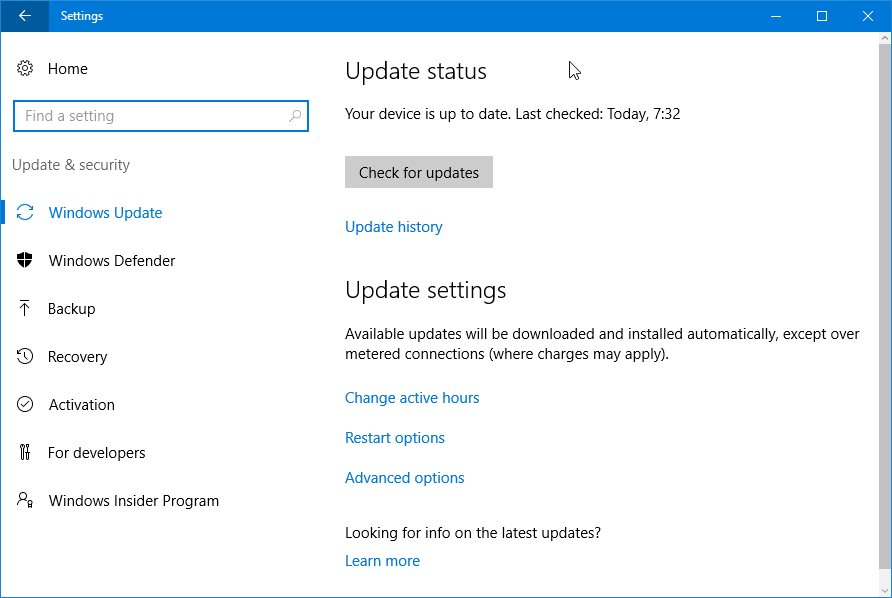
I don't know the exact reason, myself, but I've run into the exact same scenario as OP. I do, but I'm not sure there's ever going to be a legit answer that's useful. I'm not sure sure the responders above actually understood the OP's question. With such "modern" server, why not use hyper-v server instead ? Then you do not need to run so many updates ? Then does your 1 hour include time it takes to down updates ? Then even if you have a CPU with very fast cores, very fast storage and/or very fast internal transfer rates, you cannot really determine if there are timers within the update to do internal testing of the updates (applications or software) ? Then you also need to compare what updates are they ? Servers usually have more updates as there are usually more functions and features while Win 7/10 usually have more 3rd party applications installed. I just did a update for VMware ESXi 6.7.0, 15160138 and it literally took 15s. You cannot compare updates of Server 20xx vs Win7 or Win10 etc.

So better running servers with i3 CPU ? (just kidding) Those Xeons actually hurt your overall times, since you are running at 2.3 GHz base clock. Windows updates, and indeed updates in most OSs are inherently single threaded workloads. Multiple cores are not going to help you. So what is going on here, what is the technical reason it takes so long to install updates?Īnyone care to shed some insight in to this? This is one example i have seen this many times on servers of all brands and configurations And even on a server this powerful it takes the same amount of time as say a desktop PC does with a SSD. ( i think this still happens if you try to update as soon as the Windows installation finishes anyway) This is a powerful modern server that costs about $40k so its quite fast, and windows updates take a hour to run on a system that has just been freshly built and nothing else installed except the Hyper-V role and features required for that role and had basic config like networking and virtual networking and the usual regional settings and so on.

In this latest example i am scratching my head about I have a server with 2 Physical XEON CPU's and 48 cores total and 768GB of ram. For as long as i can remember i have always wondered why Windows Updates on all versions are so slow.īut for this purpose lets focus on Server 2019 and Windows 10 latest builds.


 0 kommentar(er)
0 kommentar(er)
